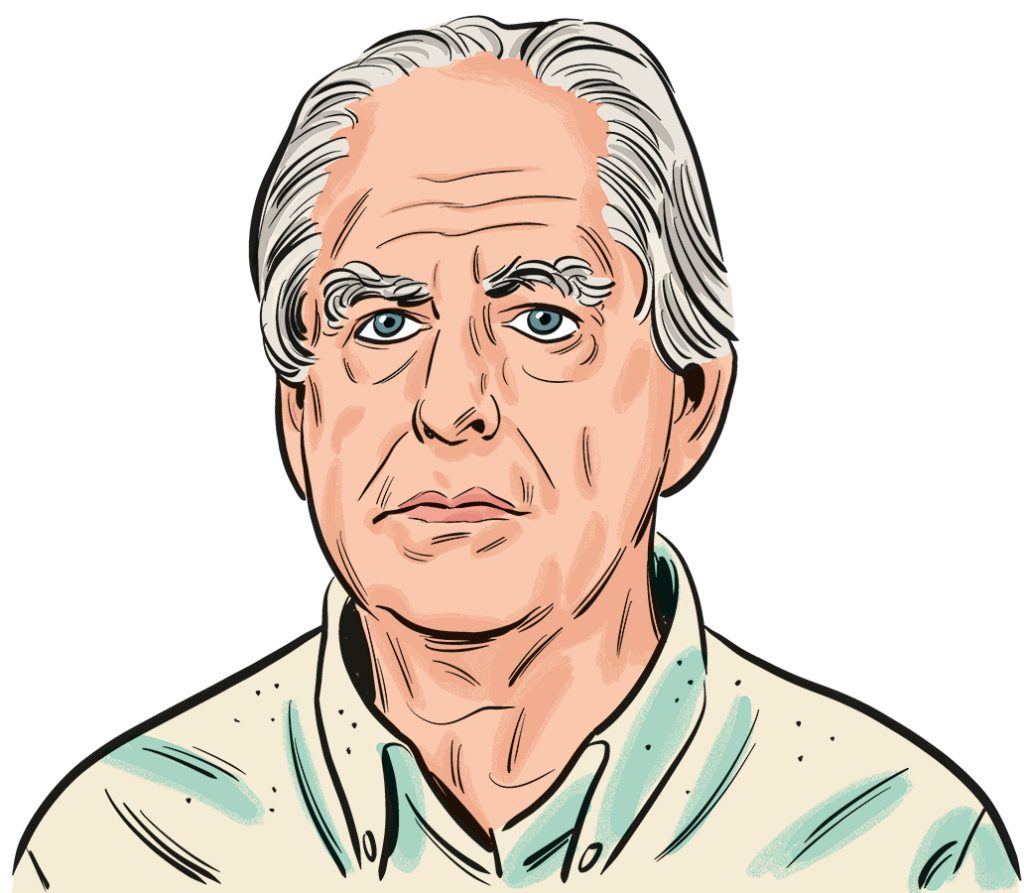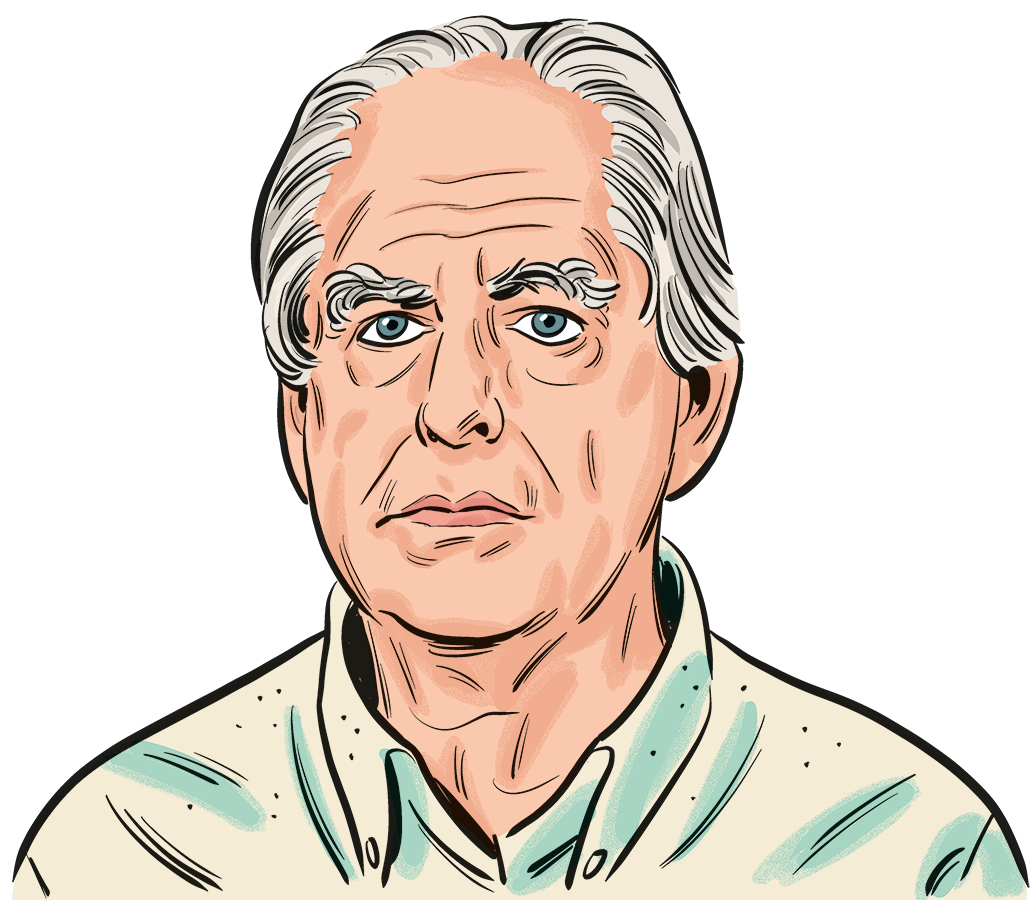
“William Kentridge Explores Universal Themes Through a Pot of Coffee”

# William Kentridge’s *Self-Portrait as a Coffee Pot*: A Masterful Exploration of the Artist’s Studio
The South African artist William Kentridge is widely hailed for his unique ability to blend the personal and philosophical with the minimal, extracting profound meaning from everyday life and the creative process. In his recent nine-part series *Self-Portrait as a Coffee Pot*, now available on the streaming service MUBI, Kentridge offers viewers a rare and intimate look into the artist’s studio. The series, which Kentridge developed during the isolation of the COVID-19 lockdown, delves deep into the studio as both a physical and conceptual space — a place where thoughts are debated, drawings come to life, and philosophical uncertainties are continuously unraveled.
### The Studio as Subject
The series features a unique focus on the artist’s studio, a workspace that for many artists remains a private sanctuary. In *Self-Portrait as a Coffee Pot*, we are invited into this sacred ground, with Kentridge using the studio not merely as a backdrop for creation but as an active participant in the dialogue of making art. As the artist himself explains, the studio itself “can lead to wider thoughts,” linking the minutiae of everyday life to larger existential inquiries. The transformation of a crumpled piece of paper into a crawling mouse, or a simple sketch of a coffee pot into a symbol of the universe, demonstrates how Kentridge blurs the line between the ordinary and the extraordinary.
While the theme of the studio has been explored by artists before — famously by Philip Guston, Jackson Pollock, and Gustave Courbet — Kentridge pushes the boundaries by making the studio a site of continuous questioning and transformation. Throughout the series, Kentridge frequently enters discussions with an animated double of himself, offering a visual representation of the internal debates that often accompany the creative process.
### Art-Making and Philosophical Reflection
The series allows Kentridge a space to reflect on his decades-long career and his relationship with the act of creation. Episodes feature Kentridge often talking to himself, literally dividing his persona into two versions of “William,” each representing different angles of thought, inspiration, and even doubt. Together, these twin Kentridges muse on aging, art, and the human condition. “Central to an art practice,” Kentridge asserts in Episode 1, “is the need to undo certainties.” This theme recurs throughout the series, with Kentridge introducing sketches that begin with an ambition to capture something vast — the universe itself — only to find their final shape in the depiction of a coffee pot or a piece of torn paper.
This push and pull — between large ideas and mundane objects — becomes a cornerstone of the series. Kentridge’s practice embraces the notion that life’s certainties quickly unravel upon close examination. His animated doodles and stop-motion work often see ordinary objects, such as milk jugs or discarded charcoal dust, taking on forms imbued with greater symbolism. “The truth is the blurring of edges,” Kentridge explains in one episode, highlighting how the most important work can emerge from deliberate disorder and chaos.
Kentridge reveals how the process of making art is one where fixed outcomes cannot be planned or predicted. Instead, the artist must remain open to the constant state of potential and transformation. “When making a drawing, if the drawing is going well, it’s very difficult not to slow down and become more cautious,” Kentridge acknowledges. This cautiousness, for Kentridge, is where failure can occur — sometimes, the best work arises from what initially seems to have “gone off the rails.”
### Interviews Between Doubles
Another element that runs throughout the series is Kentridge’s interaction with a projected version of himself, another William Kentridge — a symbolic dialogue between the competing voices inherent in the creative process. This doppelgänger becomes instrumental in driving the narrative forward by offering contrasting viewpoints on the works being produced.
To the audience, these interactions serve multiple functions. Firstly, they showcase the doubt that persists in the work of even the most experienced artists. But more importantly, they illustrate one of Kentridge’s core beliefs: the value of conversing with one’s uncertainties and acknowledging multiple perspectives within one’s own thought process. This internal dialogue serves as a metaphor for the constant exploration within the studio, where friction between different ideas can give rise to new forms of expression.
Kentridge’s concept of “truths falling apart” is a key message when he states, “You start thinking you’ll do a picture of the whole universe but you end up with a coffee pot.” This humility in process underscores Kentridge’s belief in the necessity of fluidity and open-endedness within art. The simplicity of a coffee pot, for example, becomes a central pivot — on the surface a routine object, but in Kentridge’s hands, both a literal